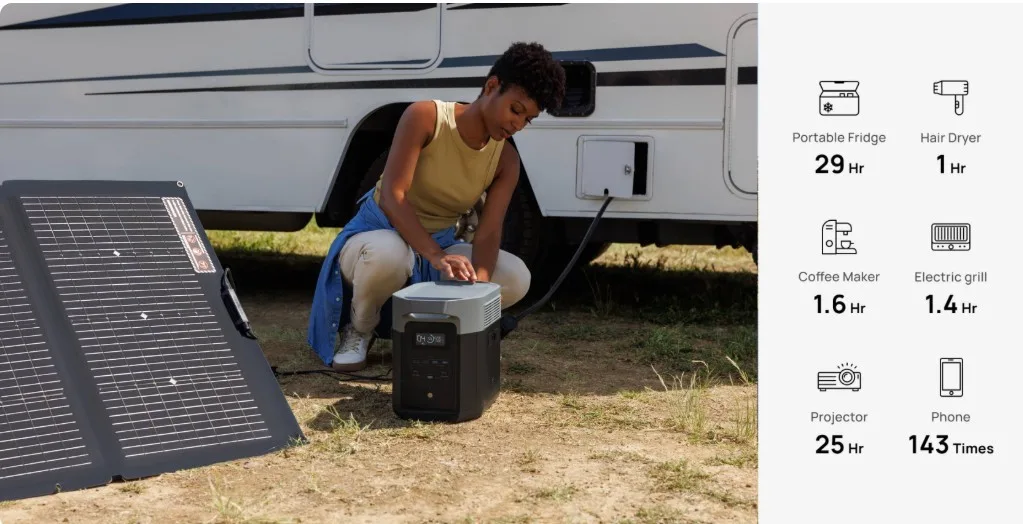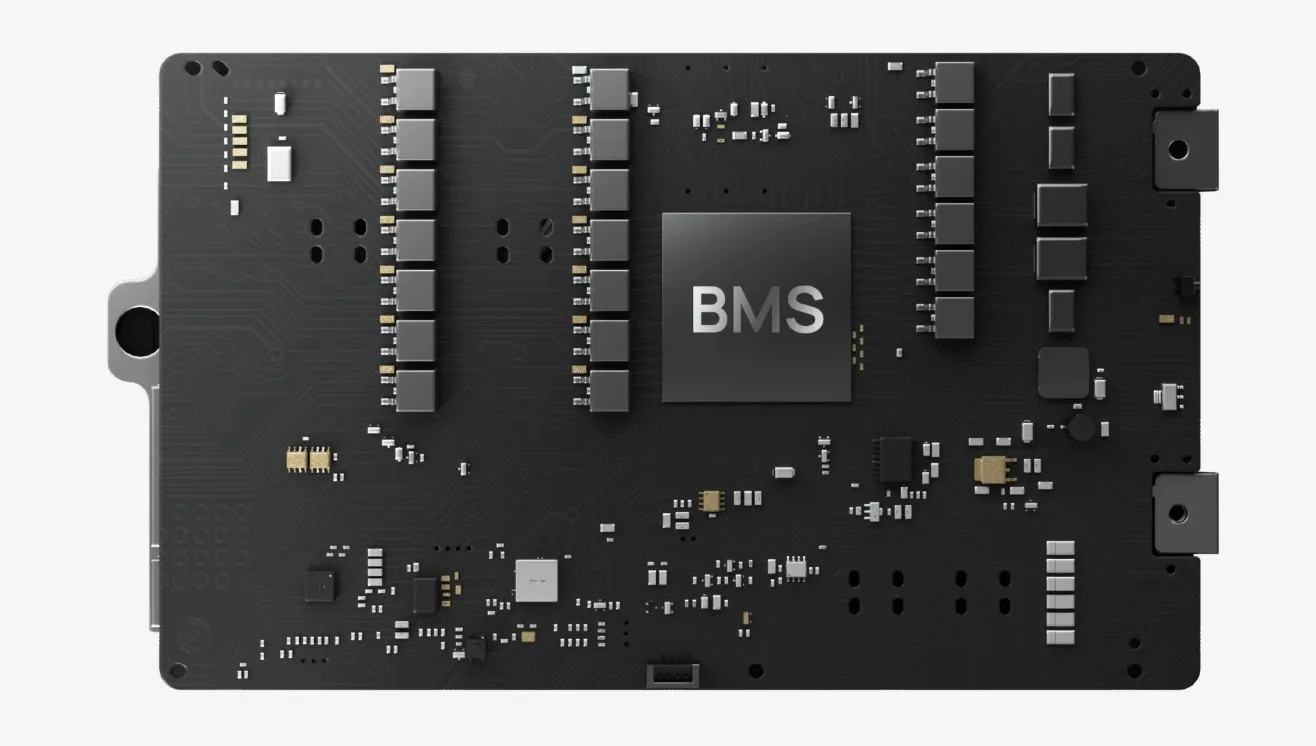Top Features to Look for in a Compact Power Station
Finding the essential characteristics that contribute to a device’s efficiency and dependability is essential when choosing a tiny power station. The correct power station may make all the difference, whether you’re using it to recharge devices on outdoor excursions, as a backup during blackouts, or when traveling in your car. Battery capacity, power ratings, port diversity, weight, and portability are the main factors to take into account. The essential characteristics of a tiny power station will be covered in this article, along with advice on how to choose the best one for your requirements.

What Are the Must-Have Features in a Compact Power Station?
Battery Capacity and Output Ratings
The battery capacity and output ratings are critical in deciding how much energy a power station can store and deliver. Higher capacity keeps your gadgets fueled for longer, while adequate output ratings assure effective charging. Choose a power station with a battery that meets your requirements, whether for occasional use or extended power provision during an emergency. Pay attention to the watt-hour (Wh) rating, which indicates how much energy the device can store and distribute over time.
Port Variety and Compatibility (AC, DC, USB-C, etc.)
A number of ports allow for the simultaneous charging of many devices, providing versatility to fulfill a wide range of needs. If you want a portable power station that can charge a wide range of electronic devices, including laptops and other electronics, search for one with AC, DC, and USB-C ports. Because the unit is compatible with a wide range of devices, you will not need to acquire several power adapters and will be able to use it for a variety of purposes, whether at home, on the move, or outside.
Weight and Portability Considerations
A power station’s mobility and weight have a significant impact on its overall usefulness. Choose a type that is both powerful enough to meet your energy requirements and lightweight enough to travel with minimal effort. Generally, compact power plants strike a balance between mobility and power production. However, keep in mind that bigger batteries tend to weigh more. Take into account the carrying handles and overall dimensions to ensure that they match your specific needs for travel or storage.
How to Choose the Right Power Station for Your Needs?
Power Station Use Cases: Camping, Backup, or Travel?
The best power station for your needs may be reduced down by first determining your primary use case. It is critical to have portable and lightweight options when camping, but a larger capacity may be necessary to offer backup power in the event of a power outage. If you want to use the unit for travel, ensure that it is compact and easy to store in your vehicle. To make an informed decision, consider the frequency of use as well as the many types of devices that will require power.
Charging Options: Solar, Wall, Car – Which Do You Need?
The number of charging options available to a power station contributes significantly to its versatility. In off-grid scenarios, solar charging is the greatest solution since it provides a consistent energy source without the need for external power. Charging your gadget through the wall is a quick and efficient approach for use at home, whilst charging it in your car is convenient when traveling. Considering the regularity with which you will use the power station as well as the availability of charging sources, you should choose the charging technique that is most suited to your needs.
Safety Features: BMS, Overload, and Temperature Protection
Safety is an important consideration when choosing a power plant. A Battery Management System (BMS) helps to guarantee that the battery will last for a long period and will not sustain any potential harm by preventing overcharging and short circuits. When the unit is connected to equipment that needs high power, overload protection guards against damage, and temperature protection ensures that the unit may operate safely in extremely hot or extremely cold environments. Choose a gadget with a full suite of safety features to ensure reliability and avoid harm while in use.

Conclusion
Considerations such as battery capacity, output ratings, port compatibility, weight, and safety features are crucial when selecting a tiny power station. Selecting the ideal option may be aided by knowing how you want to charge it, how you intend to use it, and how crucial safety is. Whether you’re traveling on an outdoor adventure or need backup power in case of an emergency, a reliable, easy-to-use power station will ensure that you always have the electricity you need. If you’re looking for a reliable power pack, investing in a model that fits these criteria will provide long-term value and peace of mind.
